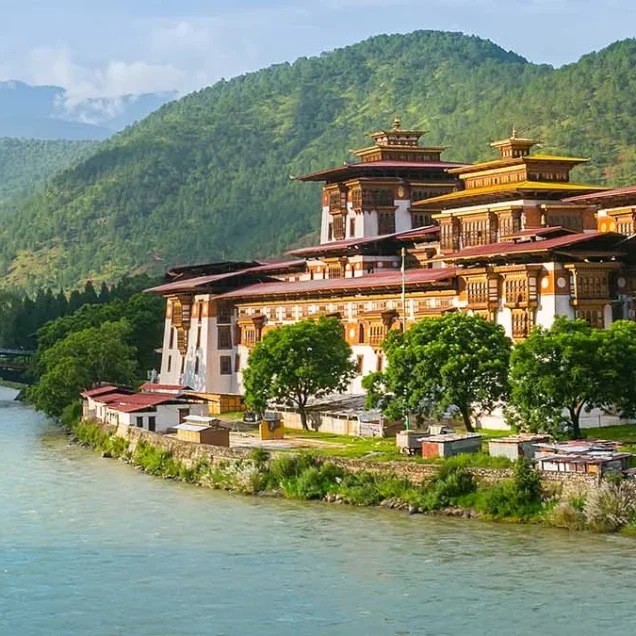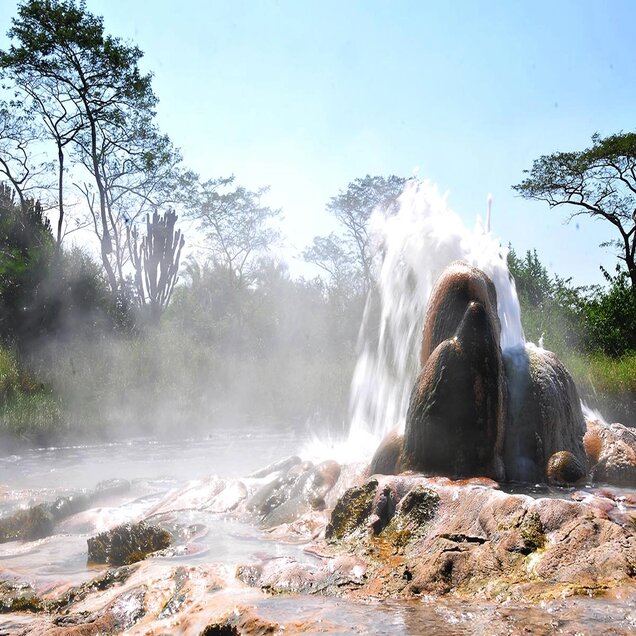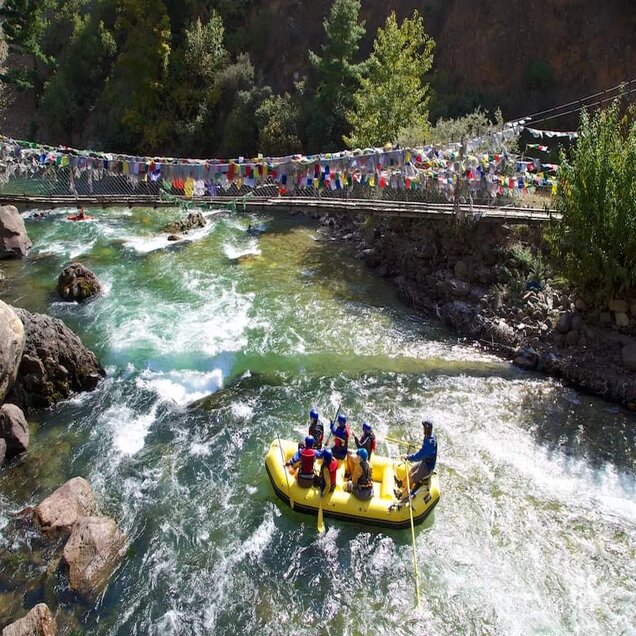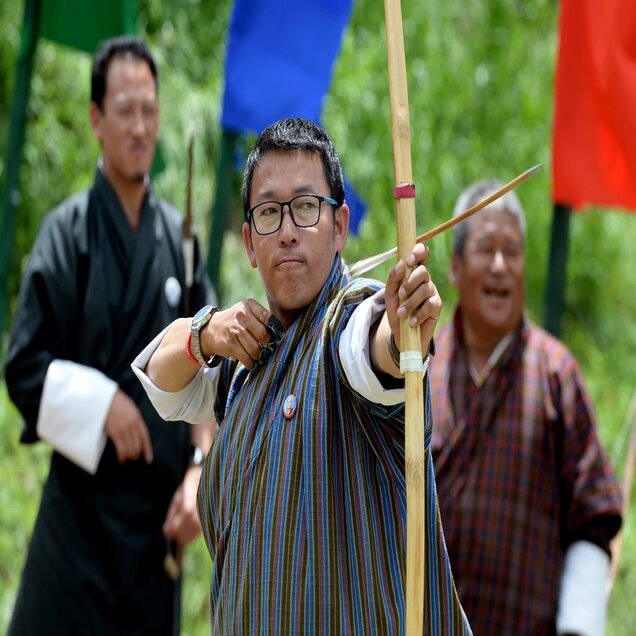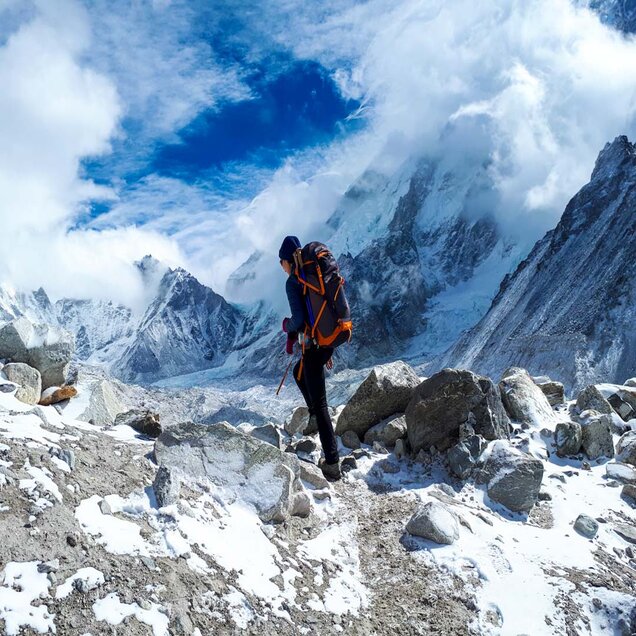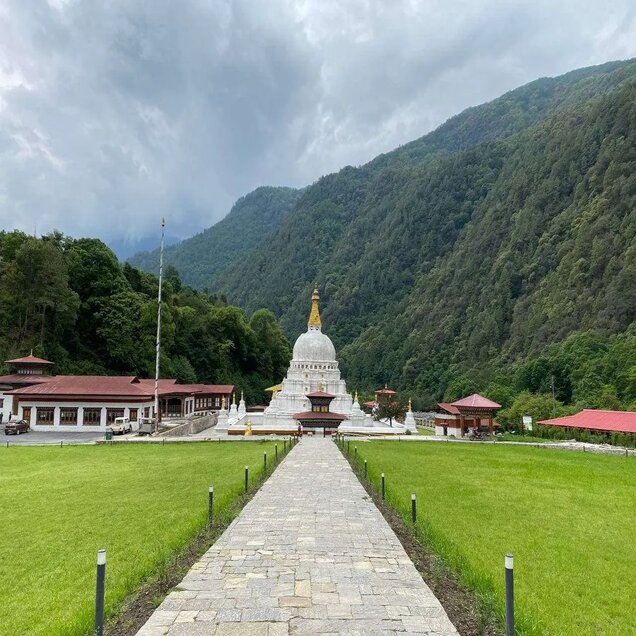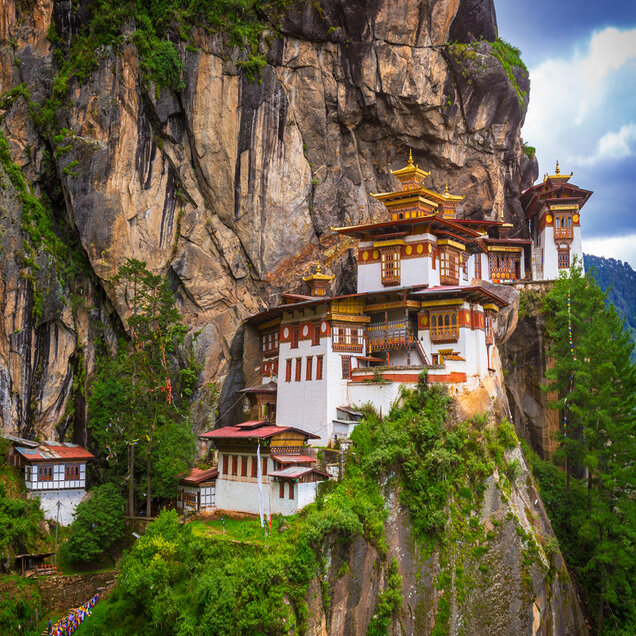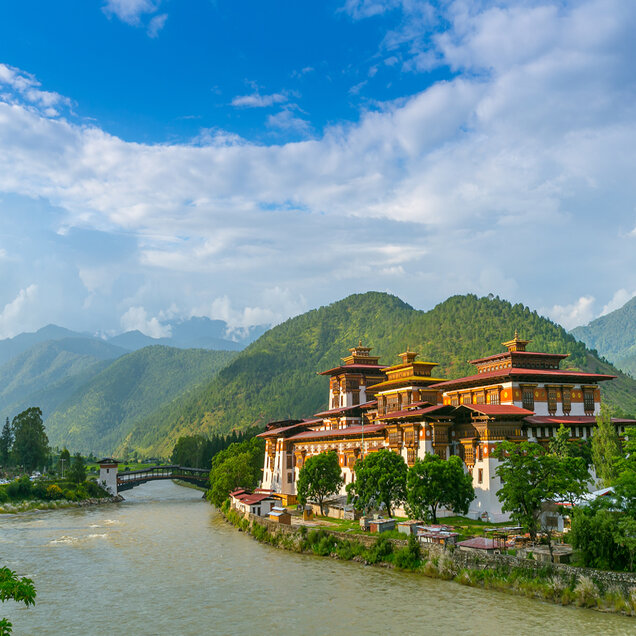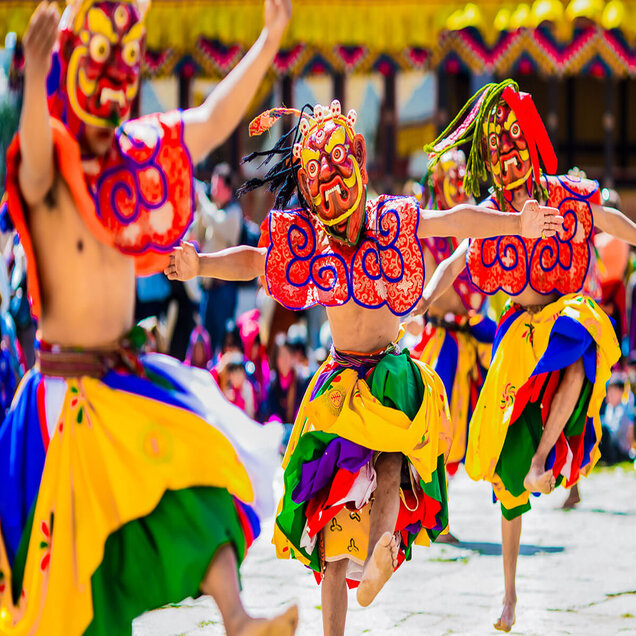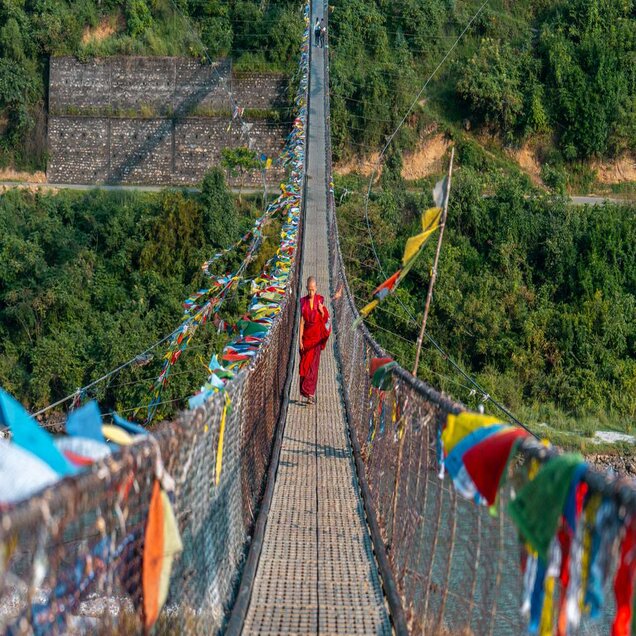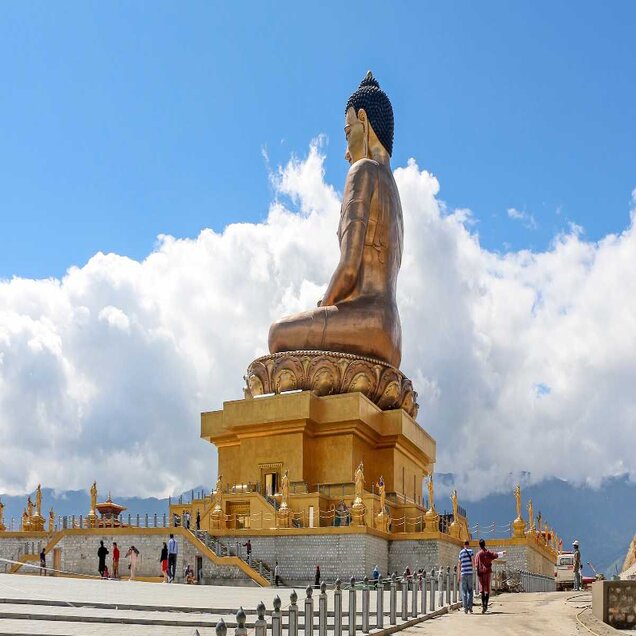

Introducing Bhutan
Bhutan lies west of the Indian state of Arunachal Pradesh and east of Nepal. Thimphu, the capital, is at an altitude of 7700 feet, a small charming city in the heart of the Himalayas. Modernisation is strictly monitored and buildings must be made in the traditional Bhutanese style and cannot even exceed a specified height. In fact, the first and the only traffic light was installed near a chorten (a small Buddhist temple) but was later removed upon the order of the king as not suitable to the environs of Thimphu!
Monasteries with ancient sanctum alive with legends of the past; trails that take you deep into the valleys; people who are happy walking the path of their ancestors – these are just glimpses into your rejuvenation experience in Bhutan.
- When is the Best Time to Visit?
Bhutan has four distinct seasons, but the best time to visit Bhutan depends on your preferences and the experiences you seek:
- Spring (March to May): Blooming rhododendrons and pleasant weather make spring ideal for trekking and witnessing the vibrant Paro Tsechu festival.
- Summer (June to August): While it’s the monsoon season, Bhutan’s lush greenery comes alive. This is a quieter time for travel, and the valleys are adorned with a variety of wildflowers.
- Autumn (September to November): Clear skies, pleasant temperatures, and the spectacular Thimphu Tshechu festival make autumn a popular time to visit.
- Winter (December to February): Crisp winter air offers crystal-clear views of the snow-capped Himalayas. Festivals like Punakha Drubchen and Punakha Tshechu add cultural richness to the season.
Please note that these seasons are based on the general weather patterns and they can vary depending on the location and altitude of your visit.
- Where Should You Go?
There are many things to see and do when visiting Bhutan, here are some of the best:
- Thimphu: The capital city, where ancient traditions blend seamlessly with modernity. Explore the Tashichho Dzong, visit the Memorial Chorten, and experience the lively Thimphu Tshechu festival.
- Paro: Home to the iconic Tiger’s Nest Monastery (Taktsang Palphug), Paro is a valley of stunning landscapes and historical treasures.
- Punakha: Known for the Punakha Dzong, this valley offers a beautiful blend of fertile fields, rivers, and majestic dzongs.
- Bumthang Valley: The cultural heartland of Bhutan, Bumthang is dotted with ancient temples and monasteries, including Jakar Dzong and Jambay Lhakhang.
- Phobjikha Valley: A glacial valley known for the Gangtey Monastery and being the winter home of the endangered black-necked cranes.
- Haa Valley: A pristine valley that opens to reveal timeless Bhutanese villages and the sacred Haa Dzong.
- Trongsa: Dominated by the Trongsa Dzong, this town is at the geographic center of Bhutan and holds historical significance.
- Dochula Pass: A mountain pass adorned with 108 stupas and blessed with panoramic views of the Himalayas.
- Gasa: Famous for its hot springs, Gasa offers a serene retreat amidst the mountains.
- Chele La Pass: The highest motorable pass in Bhutan, offering breathtaking views of the Paro and Haa Valleys.
These are just a few of the many incredible destinations and attractions that Bhutan has to offer. Each region has its unique culture and history, and offers different experience
- How Many Days Do You Need?
The ideal duration for a trip to Bhutan depends on your interests and the places you wish to explore:
- Short Trip (5-7 days): Focus on Thimphu and Paro, exploring key cultural sites and experiencing a festival if possible.
- Medium Trip (10-14 days): Include additional valleys like Punakha or Bumthang to delve deeper into Bhutan’s cultural and natural diversity.
- Extended Trip (3 weeks or more): Explore multiple valleys, undertake longer treks, and immerse yourself in the unique traditions of Bhutan. This allows for a more profound connection with the kingdom’s enchanting spirit.
- ✔ TRAVE TO BHUTAN WITH US
Embark on a transformative journey to Bhutan with us. Our thoughtfully curated itineraries promise an immersive experience, whether you’re captivated by the spiritual aura of monasteries, the scenic beauty of valleys, or the warmth of Bhutanese hospitality. Join us in discovering the essence of Bhutan, where happiness is woven into the fabric of daily life.
Sights
Map
Info
Bhutan is no ordinary place. It’s the last great Himalayan kingdom, shrouded in mystery and magic, where a traditional Buddhist culture carefully embraces global developments.

